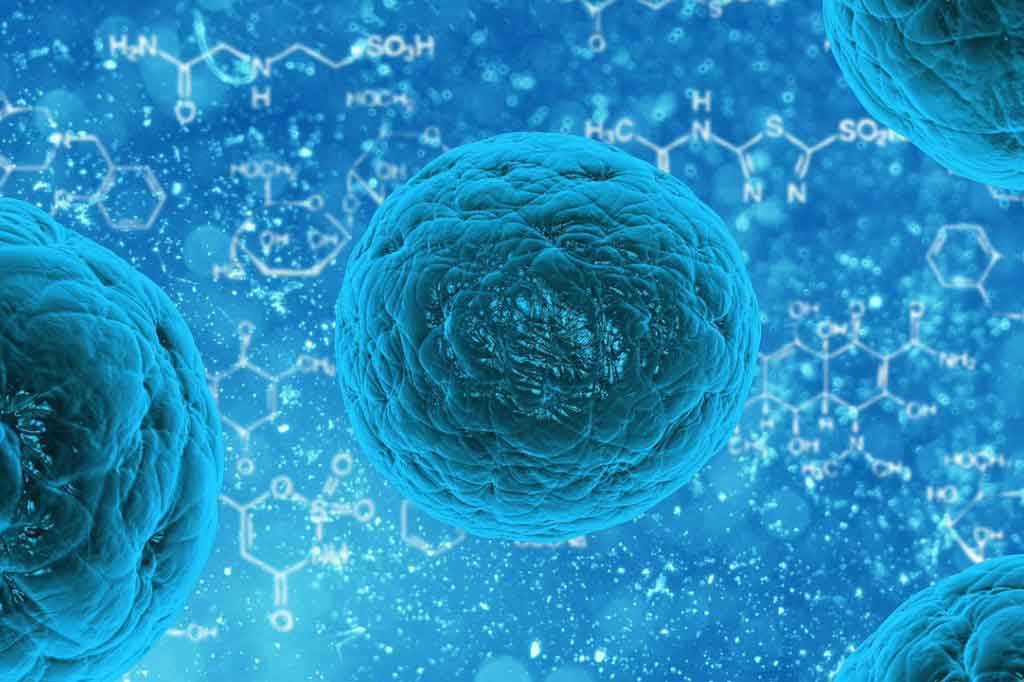Gene therapy for deafness
Genetics and stem cells
“Deaf people could one day have their hearing restored through a groundbreaking gene therapy technique”, reported The Daily Telegraph. It said that researchers have
“Deaf people could one day have their hearing restored through a groundbreaking gene therapy technique”, reported The Daily Telegraph . It said that researchers have shown that gene therapy can trigger the growth of new hair cells that pick up sound vibrations in the inner ear. The newspaper added that the cells are usually irreplaceable and are lost through ageing, disease, certain drugs, and exposure to loud noise. The researchers transferred a specific gene, called Atoh1, into the inner ear of mice still in the womb, and found that it stimulated the growth of hair cells that worked just as well as normal hair cells.
This study has shown the potential for gene therapy to introduce specific genes into the inner ears of mice. The success of this technique may lead to further understanding of the biology of deafness and help in the identification of potential gene therapies.
However, as the researchers acknowledge, more research is needed to show whether this particular gene therapy improves hearing in mice with deafness, and there is still a very long way to go before trials in humans are considered.
Where did the story come from?
Dr Samuel Gubbels and colleagues from the Oregon Health & Science University and Stanford University School of Medicine carried out the research. The study was funded by the National Institute on Deafness and Other Communication Disorders, the McKnight Endowment Fund for Neuroscience and the American Otological Society. The study was published in the peer-reviewed scientific journal: Nature.
What kind of scientific study was this?
This was a laboratory study looking at whether gene therapy could be used to produce sensory hair cells in the cochlea (part of the inner ear involved in hearing) of mice. Loss of these cells and the nerve cells that send their messages to the brain is the most common cause of hearing impairment in humans.
The gene therapy aimed to introduce the Atoh1 gene, known to be involved in normal hair cell development, into the inner ears of mice during embryonic development. Switching on Atoh1 in cells grown in the laboratory, and in adult guinea pigs, has previously been shown to cause the formation of hair-cell-like cells, but it was unclear whether these cells worked like normal hair cells.
The researchers first carried out experiments to test their technique for getting DNA into the cells of the developing ear. They attached DNA containing a gene that produced a fluorescent protein (a sort of “marker”) to other bits of DNA that would cause the gene to be activated once inside a cell. The researchers then injected the DNA into the developing ear of embryonic mice in the womb (on about the 11th day after conception), and applied a weak electrical current to help the DNA to get into the cells.
They then checked to see whether the gene was working (whether it was switched on), which cells it was working in, how long it took to work, and whether the process had disrupted normal development of the ear by about 18 days after conception.
The researchers also tested the hearing of some of the mice one month after their birth to see if it had been affected. The researchers then repeated their experiments using a similar piece of DNA that contained the Atoh1 gene. They looked at the development of the ear in these mice, and whether they produced more hair cells than the mice that had been injected with the marker gene only or mice that had not been injected with any DNA. They also looked at the function of these hair cells at up to 35 days after the mice were born.
What were the results of the study?
In their first set of experiments with a “marker” gene that produced a fluorescent protein, the researchers found that their gene therapy technique could get the marker gene into the cells of the developing ear. The gene started working within 24 hours of entering the cells, and was switched on in the hair cells as well as other cells in the ear.
Their technique did not appear to disrupt normal structural development of the ear, and the mice treated seemed to have normal hearing one month after they were born.
The researchers found that using their technique to introduce the Atoh1 gene in embryonic mice lead to the formation of extra hair cells in the cochlea. These extra hair cells had the typical bundles of hair-like projections from their surface (called cilia).
In most of these extra hair cells, the hairs were arranged normally (in a V-like formation on the surface of the cell) although some were not. The extra hair cells were connected to nerve cells, and the hair cells were able to send signals to these nerve cells in a similar way to hair cells from mice that had not received gene therapy.
What interpretations did the researchers draw from these results?
The researchers concluded that using in utero gene therapy to express the Atoh1 gene leads to production of functional sensory hair cells in mouse cochlea. They suggest that their gene transfer technique will allow testing of gene therapies to alleviate hearing loss in mouse models of human deafness.
What does the NHS Knowledge Service make of this study?
This study illustrates the feasibility of gene transfer in the developing ears of mice, and the effects of using this technique to introduce the Atoh1 gene. This technique will undoubtedly be useful in the study of the biology of deafness and potential gene therapies. However, this research is at a very early stage, and it is too early to say whether it will result in successful treatments for human deafness.
Deafness has many causes that can be environmental, medical or genetic, and what works for one form of deafness might not work for another. The specific gene therapy technique developed in this study is unlikely to be carried out in human embryos, due to technical and ethical concerns. Therefore other methods of delivering gene therapy that could be used later in life would need to be developed.
Sir Muir Gray adds...
The headline overplays the achievement, but the promise is exciting, particularly for the types of deafness with a strong genetic component.






 Subscribe
Subscribe Ask the doctor
Ask the doctor Rate this article
Rate this article Find products
Find products







